Compare your DNA to 168 Ancient Civilizations
FIND THE HISTORY OF YOU
So, you've got your DNA results? To discover who you really are, you need to know where you come from. We can take your DNA results one step further through the use of advanced archaeogenetics
How It Works
Uncovering your ancient ancestry is simple with our three-step process.
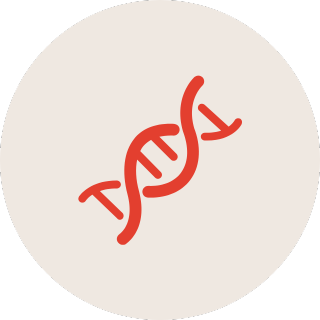
Take a DNA Test
Get tested with one of the major DNA testing companies (e.g. AncestryDNA, MyHeritage, FamilyTreeDNA, DanteLabs etc.).

Download Your Raw Data
Download your raw DNA data file from your testing provider's website. We support all major formats.

Upload & Explore
Upload your DNA file to our secure platform and receive your detailed ancestry analysis within minutes.
DIG DEEP
Into Your Ancient History
Your DNA, fully visualized
Explore your roots with exclusive dynamic graphs, interactive maps, and ancestral timelines designed to bring your ancient past to life.

Why Choose MyTrueAncestry
Discover what sets our ancient DNA analysis apart from traditional ancestry services.

100% Anonymous Insights
All retained data is fully anonymized, ensuring your privacy is completely protected.
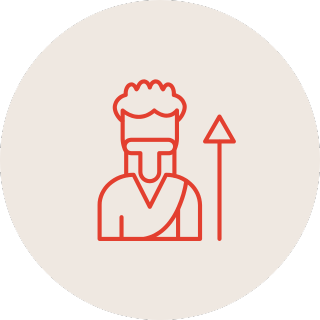
Powered by Real Ancient DNA
The only service powered by real ancient DNA samples from all over the world and advanced archaeogenetics technologies.

Try For Free
Our basic analysis is 100% free for you to try with no payment method required.
BROWSE OUR DNA SPOTLIGHTS
Ludwig van Beethoven
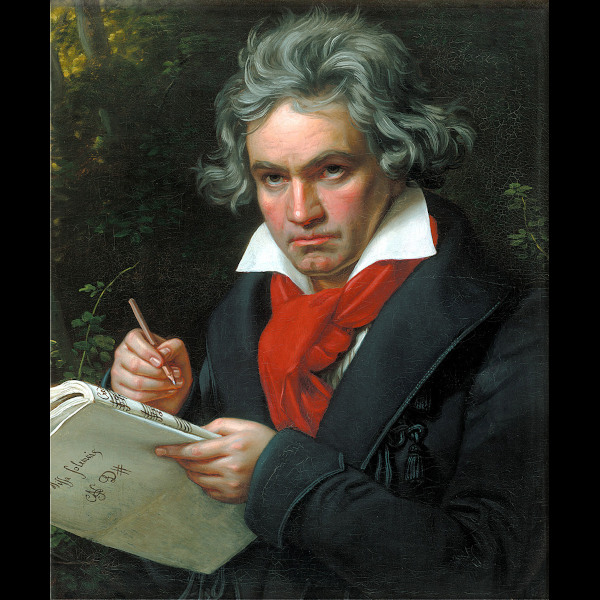
In December 1770 Ludwig van Beethoven was born in Bonn at Bonngasse 20 and
baptized with the name of his famous grandfather - a successful musician from
Flemish Belgium - and he was given this name in hopes to surpass his famous
ancestor. Recognizing he had a prodigy his hands, Ludwigs father Johan van
Beethoven tried to present his talented son at his first show at the age of 7.
His father pushed him hard and would wake him in the middle of the night to
practice his music. By the age of 16 Beethoven was employed as court organist in
Bonn by the brother of Emperor Josef of Vienna. The same year he visited Vienna,
met Mozart and returned home shortly before his mother died. His father become
an alcoholic and forced to retire from his job in service of the Court. Ludwig
was forced into adulthood, making real money and had to take care of his two
younger brothers. In 1792 at the age of 21 Beethoven arrives in Vienna - the
cultural capital - a city overflowing with music in hopes to expand his future.
Wolfgang Amadeus Mozart had died just the year before and the great composer
Haydn was ageing - destiny had prepared a place for Beethoven. Music is
everywhere - and in less than a year he creates a big name for himself.
Beethoven catches the attention of the famous composer Haydn who is amazed at
the young talent who arrived from Bonn and begins studying with him.
One of the most important things for Beethoven was making contact with the
aristocrats - who hosted concerts in their palaces on a weekly basis. They would
meet regularly and host the best musicians of the town. He would seek sponsors
who would let him make music the way he wanted rather than what was expected of
him. Aristocratic patrons such as Joseph Franz von Lobkowitz around the same age
as Beethoven would seek fun in their palaces and inviting a wild child like
Beethoven made life exciting. These patrons were critical for Beethovens
finances. However by his mid 20s Beethoven noticed his hearing was disappearing.
He had to site closer and closer to the stage to hear the notes and music. This
began with the high frequency notes such as piccolos, flutes and top of the
violin while maintaining the lower frequencies. This would distort what he was
hearing. He became isolated from conversations and began avoiding people. Losing
hearing, the one important element of his senses was the cruelest form of
torture. This is when he wrote his famous Moonlight Sonata as the music
reflected his own mortality. The ideas came faster to him than he could digest
them - he changed the course of music. He stood between 2 generations - one foot
firmly ground in Mozart / enlightenment and Goethe. His other part was a member
of romanticism - he transformed music from enlightenment into romanticism.
Read more here
Jean-Paul Marat - Revolutionary France
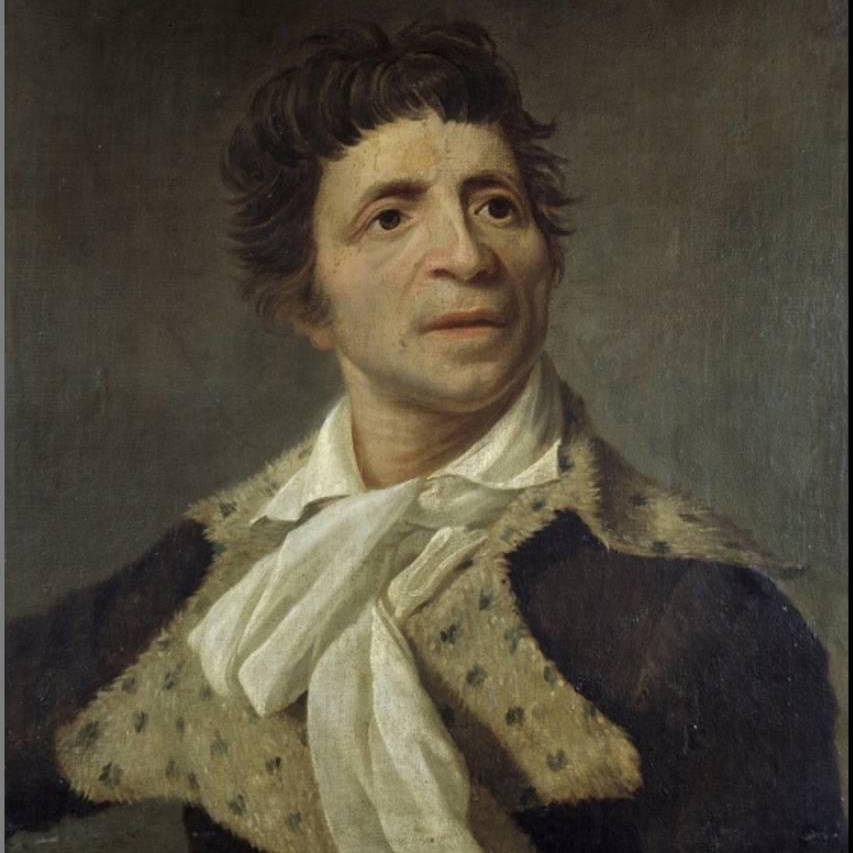
The future French Revolutionary Jean-Paul Marat left home at the age of 16
to train in medicine and would eventually settle in Newcastle upon Tyne where he
gained a reputation as being a highly efficient doctor who also had an interest
in political writings. He moved back France 6 years later and his medical skills
earned him the patronage of the aristocracy. He used his new found wealth to
found a scientific laboratory where he began studies on fire, heat, light and
electricity - he was even visited by Benjamin Franklin. Despite his new status
and success, he began so spend a lot of time discussing and writing about social
injustice.
As Louis XVI struggled to maintain power in the late 1780s by assembling
the Estates-General for the first time in 175 years, Marat decided to end his
research and medical profession to focus entirely on his passion for politics.
He began writing on the topics of social, economic and religious reforms - this
manifested itself in numerous vicious attacks on those he proclaimed were
enemies of the people. His newspaper called for extreme violence against the
upper class and government provoking statements such as five or six hundred
heads cut off would have assured your repose, freedom and happiness. After
reaching fame, He was elected to the National Convention in 1792 where he
actively supported the death of the deposed King in a trial.
Read more here
The 7th Crusade
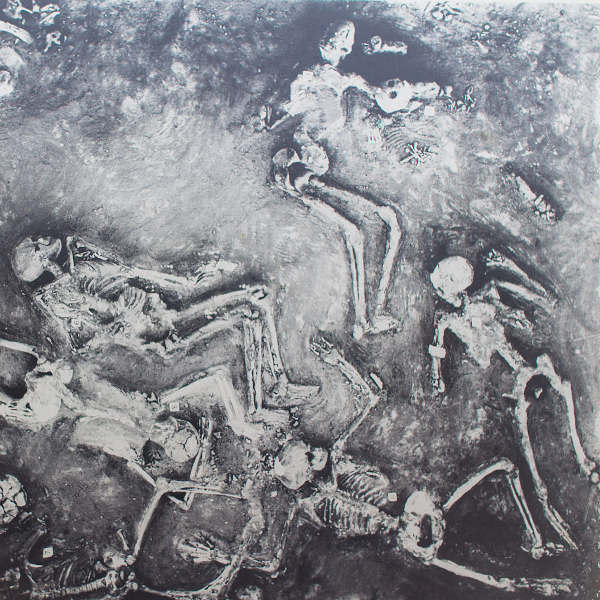
The Crusader States (also known as Outremer) were created after the First
Crusade (1095-1102) as a way to keep hold of territorial gains by Christian
armies in the Middle East. Crusader castles were built all over Outremer to
serve not only as defensive structures, but also as administrative and economic
centers designed to last for many years to come. The four small Outremer states
were the Kingdom of Jerusalem, the County of Edessa, the Country of Tripoli and
the Principality of Antioch. This analysis focuses on the former Phoenician and
later Roman colony of Sidon / Saida which remained in Arab hands until 1110 when
King Baldwin I of Jerusalem and King Sigured I of Norway captured it. The city
was then re-captured by the masterful Saladin in 1187, only to be re-taken by
German Crusaders in 1197. It remained a key Crusader stronghold until the
Saracen invasion of 1249 when it was destroyed - this series of exchanges
presented the backdrop for the ill-fated 7th Crusade.
The 7th Crusade was led by Louis IX of France from 1248 to 1254. Jerusalem
had recently fallen and there was no popular enthusiasm at the time for a new
crsusade, as Europe was involved in many internal conflicts. Bela IV of Hungary
was rebuilding his kingdom from ashes after the devastating Mongol invasion of
Europe. Henry III of England was struggling at home and Haakon IV of Norway was
in the midst of a civil war. Louis IX was almost alone in declaring a new
crusade to the east and in 1248 sailed from Aigues-Mortes and Marseilles with an
army of 15,000. They sailed for Cyprus but Louis decided to focus first on
attacking Egypt. While marching towards Cairo, Louis' main force was attacked by
Mameluk Baibars and defeated. In 1250 while attempting to return to a safer
location, Louis himself was captured and taken prisoner after his army was
annihilated. He was ransomed for 800,000 bezants after which he fled to Acre,
one of the safest crusader strongholds in Outremer. The French King re-enforced
local defenses and moved north to Sidon.
Read more here

Join Our Community
Our Community blog is your hub for the latest discoveries in ancient DNA, archaeology, and lost civilizations.
Stay curious, stay connected.
Stay curious, stay connected.

Contact Us:
EMAIL
INFO@MYTRUEANCESTRY.COM
MAILING ADDRESS
MyTrueAncestry AG
Seestrasse 112
8806 Bäch
Switzerland



